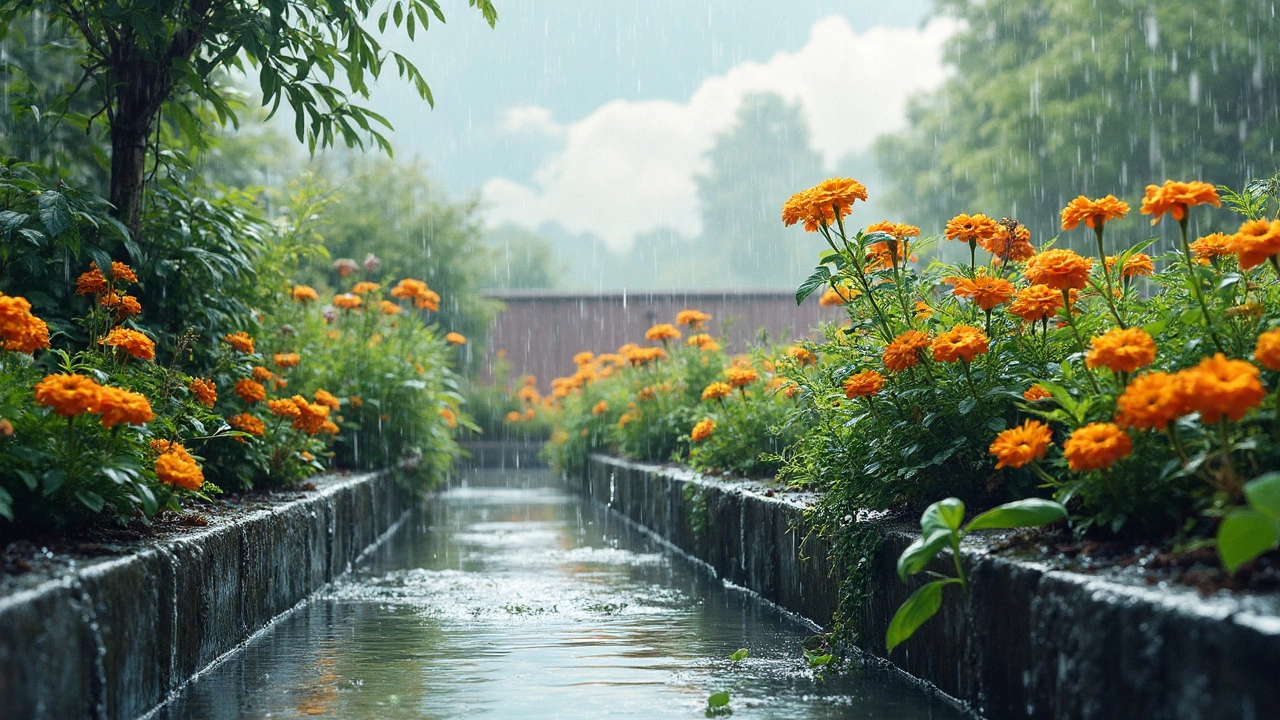Understanding the right slope for your terrace slab is crucial for effective water drainage and maintaining a healthy garden. Without the proper slope, water can pool on your terrace, leading to structural damage and problems for your plants. This article explores the ideal slope, why it's important, and how you can achieve it for a thriving rooftop garden. By implementing these tips, you'll ensure that your garden can flourish without the hassle of excess water.
Terrace Slab Slope: How to Get It Right for Garden and Drainage
When you’re building or fixing a terrace slab slope, the slight angle built into a rooftop or balcony surface to direct water away. Also known as roof gradient, it’s not just about making water run off—it’s what keeps your home dry, your plants alive, and your structure from cracking over time. In India, where monsoons dump hundreds of millimeters of rain in weeks, even a 1% slope can mean the difference between a thriving balcony garden and a flooded apartment below.
A terrace slab slope isn’t just for drainage—it affects everything else. If the slope is too shallow, water pools and rots your waterproofing layer. Too steep, and soil washes out of your planters during rain. It also changes how you design your terrace garden. Plants that need dry roots, like succulents or herbs, do best on higher, well-drained zones. Vegetables and flowering plants that love moisture sit better where water gently flows. And if you’re using containers, you need to account for the slope—otherwise, your pots tilt, soil spills, and roots get unevenly watered.
The right slope isn’t about fancy materials or expensive contractors. It’s about understanding how water moves. Most experts recommend a minimum of 1:100 slope (1 cm drop per meter), but in heavy-rain zones like Kerala or West Bengal, 1:50 works better. You can achieve this with lightweight concrete mix, broken brick layers under the slab, or even specially designed drainage mats. The key is consistency—no dips, no flat spots. And don’t forget the outlet. A clogged downpipe or blocked gutter turns even the best slope into a disaster.
Many people overlook the terrace waterproofing connection. A good slope reduces pressure on the waterproof membrane. If water sits, it seeps through tiny cracks, causes mold, and eventually damages the ceiling below. That’s why fixing a flat terrace isn’t just about adding slope—it’s about protecting your whole home.
What you’ll find below are real, tested solutions from Indian gardeners and builders. From DIY slope fixes using recycled materials to choosing the right soil mix for sloped terraces, these posts cut through the noise. You’ll learn how to spot a bad slope before it ruins your plants, how to redirect water without pipes, and why some popular terrace garden ideas actually make drainage worse. No theory. No fluff. Just what works on Indian rooftops.
